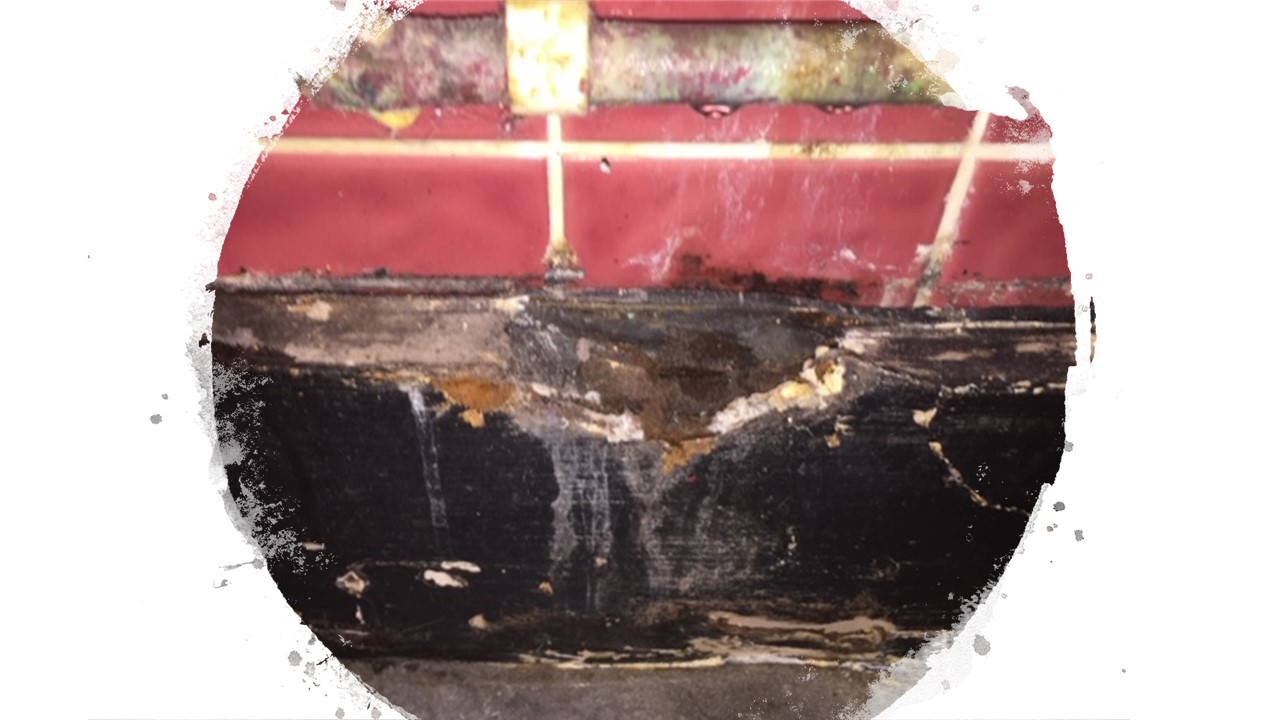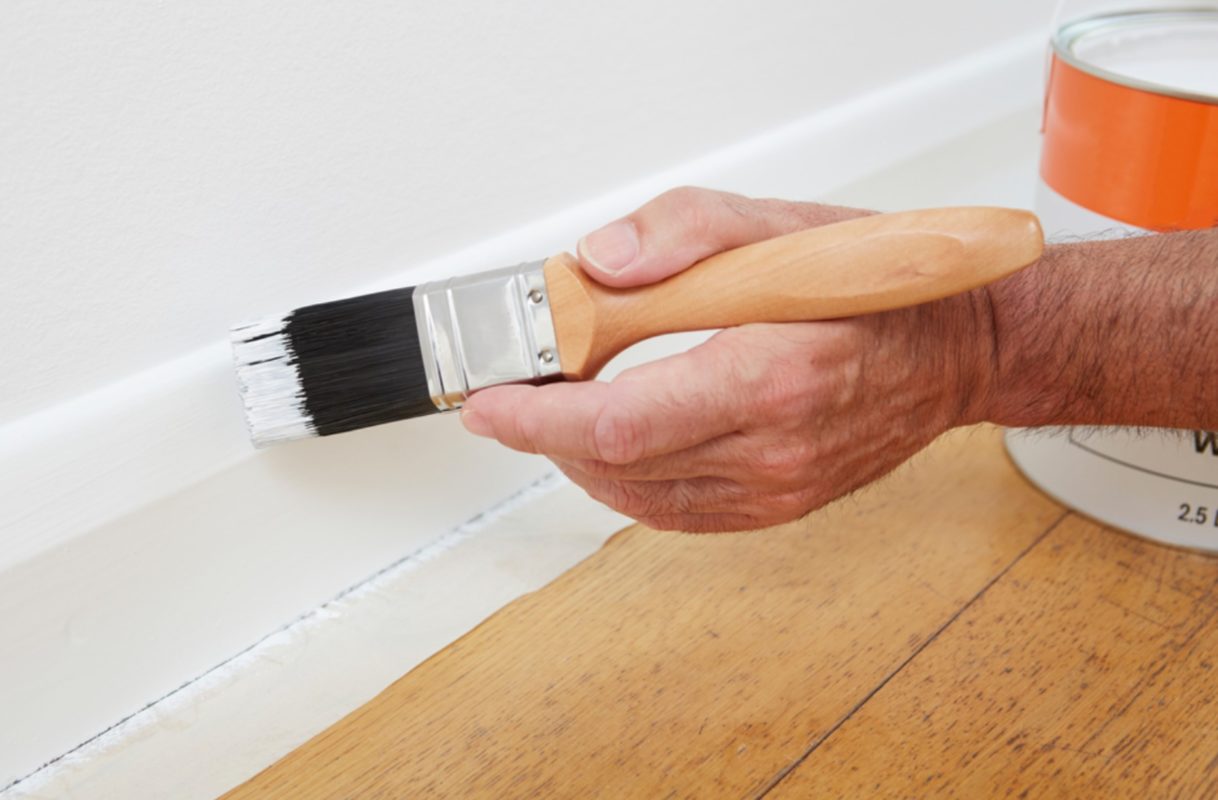Every home is different, which makes every home renovation project different. There is a lot to take into consideration in terms of preparation, executing the project and what the end result will look like, and of course that journey involves a lot of options and decisions along the way. Skirting boards are just one important element of a home renovation project, but they involve many variables in themselves, and so in this skirting boards advice guide we aim to look at all the different elements of skirting boards and help you make the right decisions for your home.
What are skirting boards?
There are many different types of mouldings in a typical home, for walls, ceilings doors and window frames. The mouldings along the floor are called skirting boards, or baseboards. All these types of mouldings have a dual purpose of being both decorative and functional and that is no different for skirting boards; they are designed to enhance, balance and frame a room and to match other features, but they also act to conceal joints, cracks and signs of wear and to protect the walls from damage and the room from drafts.
And because of these important qualities, skirting boards are one of the most influential features of an interior design project. There is a misconception that skirting boards are peripheral design features, but it would be a mistake to underestimate their importance and not pay sufficient attention to choosing the right type and style.
How to choose the right skirting boards
Although skirting boards are not considered to be a major feature of a room, you certainly notice if they are not there, or perhaps more to the point, if they are the wrong type. Skirting boards provide a frame and a balance for a room, so they need to be the right style and size and they need to allow you to create the right finish. By this we mean that in a period home, for example, the profile of your skirting board may be mimicking a certain traditional design style, such as Georgian, Edwardian, Victorian or Contemporary and this needs to match other mouldings and architraves in the room and adjacent corridors. So it is important that you choose a matching style, and in a more contemporary home you can also choose historical plainer and more minimalist styles which will match a more modern interior.
Size is also important with a skirting board, so rooms in period homes tend to be much bigger with higher ceilings and more wall space, and this enables you to fit a skirting board which is higher and is in proportion to the room. If, for example, you have a smaller room with a lower ceiling, you don’t want high skirting boards which over-dominate, and in a bigger room with higher ceilings you don’t want smaller skirting boards.
The final factor to consider when choosing the right skirting board for your home renovation project is what material to use. MDF is not ideal for skirting boards in modern homes where wooden, laminate or ceramic floors prevail, because it damages more easily with water ingress and may “blow”. It will need to be replaced more often and doesn’t enable a variety of finishes, because it can be painted, but can’t be sanded to apply varnish for a natural wood finish. We will talk about wood types in more detail in the next section, but an important factor when choosing a skirting board is that the material you use ultimately allows you to create the finish you want. And of course this also means you need to choose the type of wood which ensures other features in the room will match.
Here is an actual photo of MDF skirting board damage at a Starbucks:

Which wood is best for skirting boards?
Hard and softwoods are ideally suitable for skirting boards for many different reasons:
- They are easy to sand to retain a natural finish
- They are accepting of more complex forms and machining to create the right size and shape
- They are more flexible in terms of finish and so can look great with paint, varnish, oil or left natural
- They are stronger and more durable, when fitted or when impacted, and won’t warp or degrade if they are subjected to damp or moisture. This means you won’t need to replace them as often which makes wood more cost-effective.
So woods such as oak, pine, tulipwood and sapele are ideal for skirting boards and provide a variety of interior design options. The adaptability of wood also extends to it being suitable for both modern and period homes, which can’t really be said of MDF.
Choosing a period skirting board
The most common period skirting boards are from the Georgian, Edwardian and Victorian eras, and these differ mainly in the decorative profiles, so the detailing of the skirting board is more rounded or more prominent depending on which era you opt for. The major factor of course is that skirting board can be fitted adjacent to door or window architrave or dado rails, so the detail needs to match otherwise the overall design will look awkward, untidy and inconsistent. The same applies if you like the look of contemporary skirting board designs, these won’t work when matched with other period features.
Consistency is the key to choosing a period skirting board, and you will very quickly see the problem if you get this wrong. And this may also apply to features outside a particular room. Period doors are very popular now and architrave and skirting boards can carry on into corridors outside a room, so you need to consider how your skirting board will look and feel all over the house and how rooms will link together and flow from one to another.
How to fit a skirting board
There is a lot to consider when preparing to fix your skirting boards, but we have put together some important points in the list below. The main consideration is to be fully prepared with tools and materials and to make sure you have chosen the right type of skirting board in the first place:
- Size – Your wood will probably come in standard cut lengths, and you will need to machine it to size, so measure what overall length you need and maybe allow a 10-15% extra for contingencies. You want individual lengths to be as long as possible so that there are fewer joints necessary.
- Fixings – Do you use screws or adhesive to fix the skirting board? If the walls aren’t quite straight (a common feature in older period homes) then screws might be better as adhesive is more likely to come away from the wall over time. You should also consider the condition of the wall and whether it will take a screw safely and securely. Finally, the wood type you have opted for may be better suited to screws rather than adhesive, or vice versa.
- Sanding – It is advisable to sand the wood before fixing it in place, as it will be easier to sand when you can freely move it around rather than when it is fixed in place to the wall.
- Fixing – When fixing with screws make sure you know what you are screwing into. Are there any cables in the way or wiring in the wall? If it is a stud wall, make sure you are screwing into the stud. And if you are using adhesive, make sure the adhesive is spread evenly and the wall is clean and free of dust etc.
- Filling – Once the skirting board is securely fixed you can fill any holes, cracks, joints or screw holes with wood filler.
We have written a useful guide on how to fit skirting boards, which is well worth a read.
How to paint your skirting boards

Painting or varnishing skirting boards makes a huge difference and can really enhance their appeal. However, if you get this wrong you will notice and it can irritate for some time. So here are a few basic tips to help you get it right:
- Clean down the skirting boards first and remove dirt, adhesive or dust
- Repair any holes or cracks as these will be more noticeable on the surface when painted
- Give the wood a light sand before applying any coating because this will help the paint bond better
- Use a damp cloth to remove any loose sanding dust
- Apply masking tape for the walls and floor
- Make sure you are using the right size of brush so that the coating is smooth and attractive and you don’t have a problem painting over edges
- If you are painting onto bare wood you might need to do a primer coat first
- When applying a top coat make sure you paint in the direction of the grain, using long, even strokes for the best finish
- Let each coat dry thoroughly before applying the next one
- Judge the right time to remove masking tape, not too soon that the paint still drips onto unpainted surfaces and not too late that dry paint cracks off and spoils the coating when the tape is removed.
Read our handy advice guide for further information on how to paint skirting boards.
Maintaining your skirting boards
You only need to use a duster or a damp cloth to clean your skirting boards, depending on what finish you have applied to them. And how easy this is will also depend on the detail of the profile and hence, how many ridges there are and how much dust gathers in them. It is also advisable to avoid knocking into skirting boards with vacuum cleaners and you should also monitor them for signs of mould or damp. This can get worse over time so keep on top of anything emerging. And similarly, if a skirting board comes loose it is recommended to fix it straight away, because the looser it gets it can start to damage the wall itself.
For any further advice on how to choose, fix or paint your skirting boards, contact our sales team at Period Mouldings and receive expert assistance on how to get this important aspect of your interior design right.

